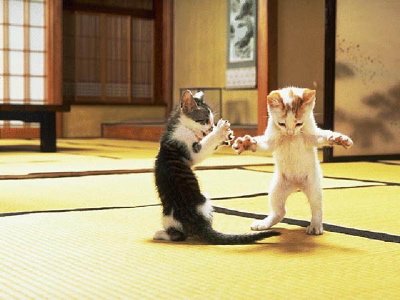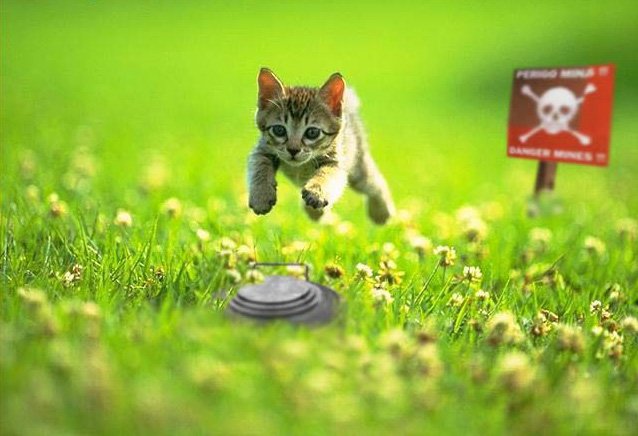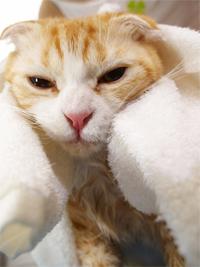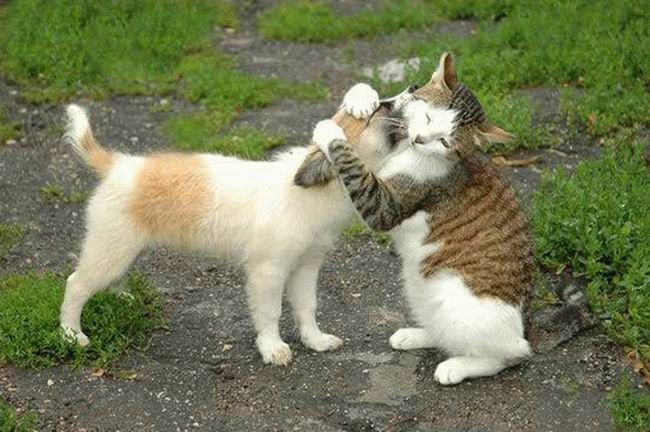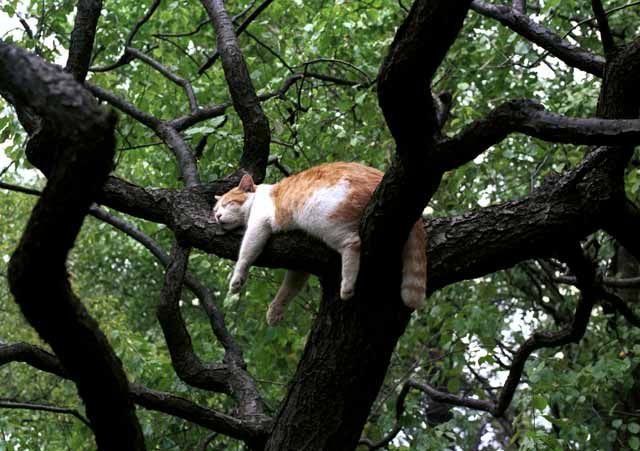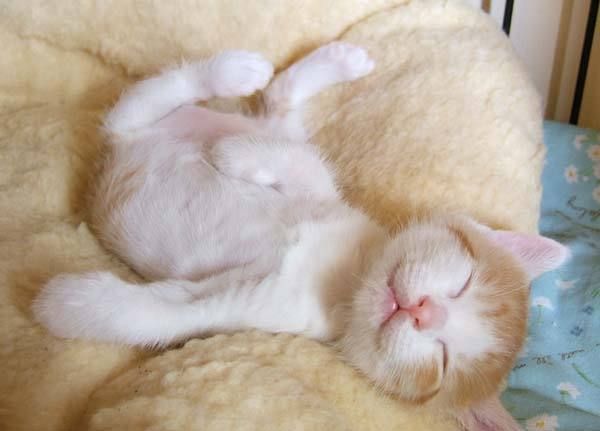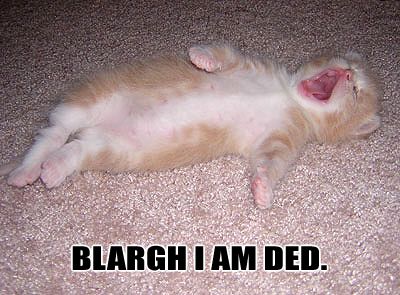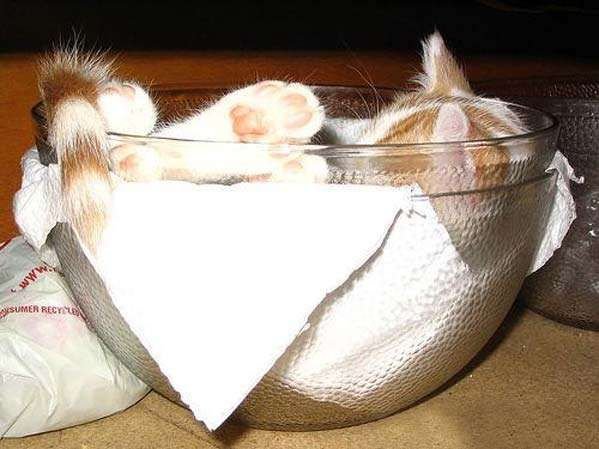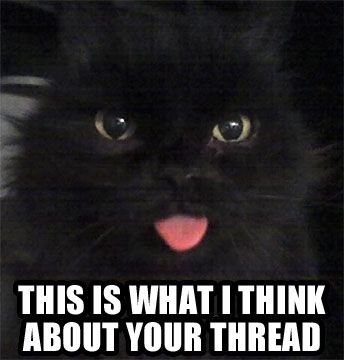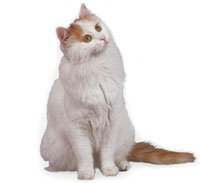Re: Kitty & Tania's Animal Thread
The turkish van breed
Fur:
The coat on a Van is considered semi-longhaired. While many cats have three distinct hair types in their coat - guard hairs, awn hairs and down hairs - the Turkish Van only has one. This makes their coat feel like cashmere or rabbit fur, and the coat dries quickly when wet. Lake Van is a region of temperature extremes and the cats have evolved a coat that grows thick in the winter with a large ruff and bottlebrush tail for the harsh winters and then sheds out short in the body for the warm summers. The full tail is kept year round.
Pattern of fur:
Breed standards allow for one or more body spots as long as there is no more than 20% color and the cat does not give the appearance of a bicolor. Although red tabby and white is the classic van color, the color on a van's head and tail can be one of the following: Red, Cream, Black, Blue, Red Tabby, Cream Tabby, Brown Tabby, Blue Tabby, Tortoiseshell, Dilute Tortoiseshell (also known as blue-cream), Brown Patched Tabby, Blue patched Tabby and any other color not showing evidence of hybridization with the pointed cats (Siamese, Himalayan, etc).
Body size:
The Van is one of the larger cat breeds. The males can reach 20 lb (9 kg) and the females weigh about half of that. They have massive paws and rippling hard muscle structure which allows them to be very strong jumpers. Vans can easily hit the top of a refrigerator from a cold start on the floor.
Childhood:
They are slow to mature and this process can take 3-5 years. Also, their fetching skills are quite good and they are quick to learn.
Hobby:
The water. They are good swimmers

Source:
Turkish Van
 my cat jumps up to my hand wen its out, to get a rub on the head ;D so cutee.
my cat jumps up to my hand wen its out, to get a rub on the head ;D so cutee.














